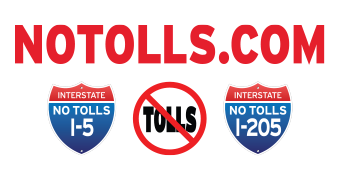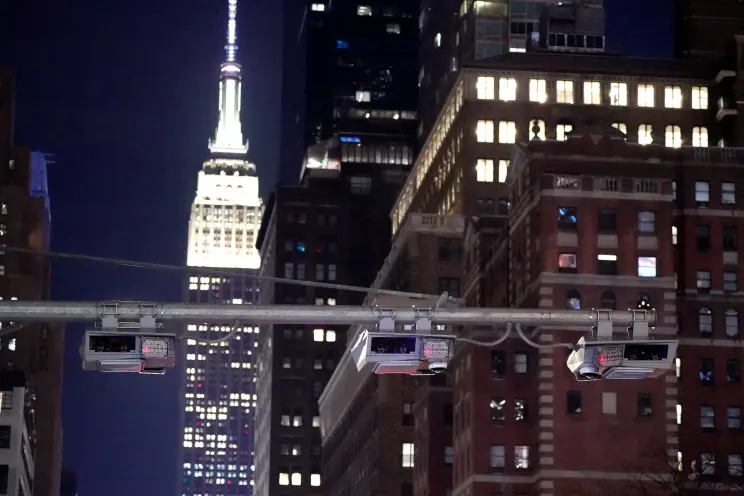“Transit deserts” force people to use cars in New York
Turn on the news, and you are bound to hear any one of a number of congestion pricing’s most sycophantic promoters telling us we must look to our sister city across the pond to see the fruits of its implementation.
But if congestion-pricing advocates all believe it’s been a seminal “success” in Greater London, why isn’t the MTA telling its opponents to visit the Big Smoke and see for themselves? Where are the junkets for Doubting Thomas politicians like me?
Well, there are two reasons. First, London’s congestion pricing hasn’t worked as well as advertised. London is still more congested than ever, even worse than New York per traffic modeler INRIX.
The policy is so unpopular that 66% of residents voted against its enlargement. Mayor Sadiq Khan’s own Labour Party leader blamed the detested expansion proposal for sinking the party in 2023’s by-elections.
The second reason is any comparative side-by-side between the MTA and Transport for London (TfL) would expose New York transit management’s massive ineffectiveness.
Nowhere is that failure more evident than in the MTA’s inability to deliver meaningful capital projects on time and within the stratosphere of initial estimates.
It’s worth highlighting since congestion pricing’s purpose is to charge drivers to pay for future capital plans, and MTA CEO Janno Lieber was previously its president of construction and development.
Since taking over London’s rail operations in 2000, TfL has opened the initial sections of the new 26-mile Elizabeth Line; extended the Piccadilly Line to Heathrow Terminal 5; implemented a brand-new fare-collection system (with working gates!); extended the Circle Line 10 stations westward; branched out the Docklands Light Railway to London City Airport and Stratford International; extended the Northern Line 3 kilometers; and massively stretched its Overground rail network to all corners, doubling it from 55 to 112 stations.
What has our MTA accomplished in that period? Mostly studies, plans and plans for studies.
The few miles of rail it did manage to build cost more than three times those of similar TfL projects.
The 7-train extension, which included exactly one new station, opened in 2015. Planners are hopeful a second stop can be designed some time before the Second Coming.
The ballyhooed East Side Access project, admittedly an improvement, opened 14 years late and only after its cost grew like the Grinch’s heart, three times its size.
The largest of the MTA’s modern expansion projects is the Second Avenue Subway, benefiting thousands of people already in one of the city’s most transit-rich areas.
Over a century after it was first proposed and decades after its first funding, a measly mile-and-a-half stretch opened.
Gov. Andrew Cuomo celebrated it with New Year’s Eve cocktails and a brass band.
Three new stations, delayed and over-budget, championed by chumps as though it were the Erie Canal, the Empire State Building or the moon landing.
Yet the MTA’s modern capital program’s largest letdown is not what it built but where it hasn’t. We’ve even coined a term to describe these generational failures: “transit deserts.”
London has no such “deserts” to speak of. Its rail map looks like a multicolored bowl of spaghetti exploded on the kitchen floor. Every tile is soaked with the sweet ragu sauce of rolling stock.
And herein lies the injustice of New York’s congestion-pricing scheme. Overlay a map of the city’s transit deserts with a map of car ownership, and the net result of the MTA’s disastrous disregard is clear.
Lacking reliable and accessible public-rail connections, a vast swath of mostly working-class, outer-borough residents are compelled to drive.
It’s not luxury, it’s life.
In what may only be surprising to MTA planners, car usage is much higher in transit deserts like Maspeth, Midwood and Woodlawn and much lower in transit-rich neighborhoods like Jamaica, Coney Island and Williamsburg.
Long story short, the MTA is punishing the people it has failed to serve. The neighborhoods it’s ignored are those that will pay for improvements elsewhere.
Joe Borelli is the minority leader of the New York City Council.


